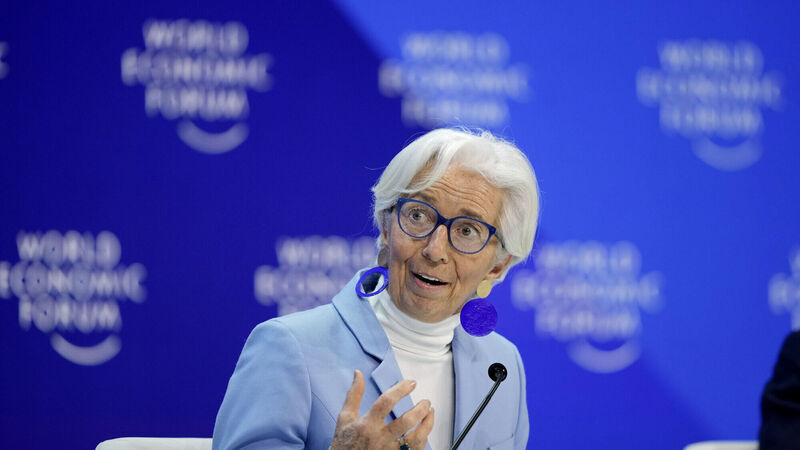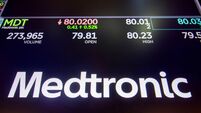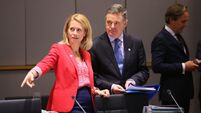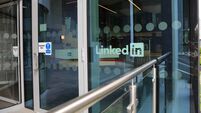Markets will be looking for guidance from this week's ECB meeting

The press conference with president Christine Lagarde will garner close attention.
The Eurozone economy essentially flat-lined for five consecutive quarters between the end of 2022 and throughout last year.
For the year as a whole, GDP rose by just 0.5% in 2023, down from 3.5% in 2022. Furthermore, the limited available hard data so far this year have been mixed at best. Industrial production remains volatile, with output contracting by 3.2% in January, wiping out a 1.6% increase in December.
However, the drop was largely driven by a sharp 29% fall in Irish production figures, which are notoriously distorted by contract manufacturing. Meantime, retail sales stagnated in January before falling by 0.5% m/m in February. In year-on-year terms, retail sales were 0.7% lower in February.
Survey data though, suggests there are signs that the economy may be bottoming out. The manufacturing PMI remains below 50, but it averaged 46.4 in Q1, up from 43.9, signifying a slower pace of contraction. Meantime, the services PMI printed above the key 50 level for the first time since last July in February, and improved further to 51.5 in March. Overall, it averaged 50.0 in Q1, up from 48.4 in Q4.
Perhaps even more encouragingly, the Eurozone labour market remains in good health and inflation has resumed its downward trend. The unemployment rate has been between 6.5%-6.6% for the past year, all-time lows for the bloc. The HICP excluding energy, food, alcohol and tobacco declined to 2.9% in March, below 3% for the first time since February 2022. Looking ahead, the ECB expects headline inflation to average 2.3% this year as price pressures continue to ease.
However, despite the backdrop of falling inflation, a strong labour market and signs of a rebound in activity in Q1, growth is forecast to remain muted this year. The IMF and ECB project GDP growth of between 0.6%-0.9% in 2024. It should also be noted that a number of downside risks to the outlook remain, most notably stemming from ongoing geo-political tensions around the globe.
The ECB also appears to be concerned about wage and services inflation which have remained ‘sticky’ at elevated levels in recent months. However, expectations are that the ECB will be in a position to cut rates this year, which should support activity. With the economy showing some signs of improvement, the lingering clouds around the Eurozone economic outlook may be clearing somewhat.
Against this backdrop, the main focus this week will be on the ECB monetary policy meeting for April. It has been less than five weeks since the March ECB Governing Council gathering, which partly explains why market rate expectations have been little changed since then, despite some encouraging inflation data.
Futures contracts are pricing in around 90bps of rate cuts this year, starting in June. This pricing is almost identical to immediately before the March meeting. Thus, no changes to the policy are envisaged this week. However, markets will be looking for guidance that the ECB is likely to cut rates in June.
President Lagarde indicated in March that a June rate cut was a possibility, given the central bank will have “a lot more” data by then. Market participants will be watching to see whether the ECB firms up on this guidance this week. Thus, the press conference with President Lagarde will garner close attention.
- David McNamara is Chief Economist with AIB












